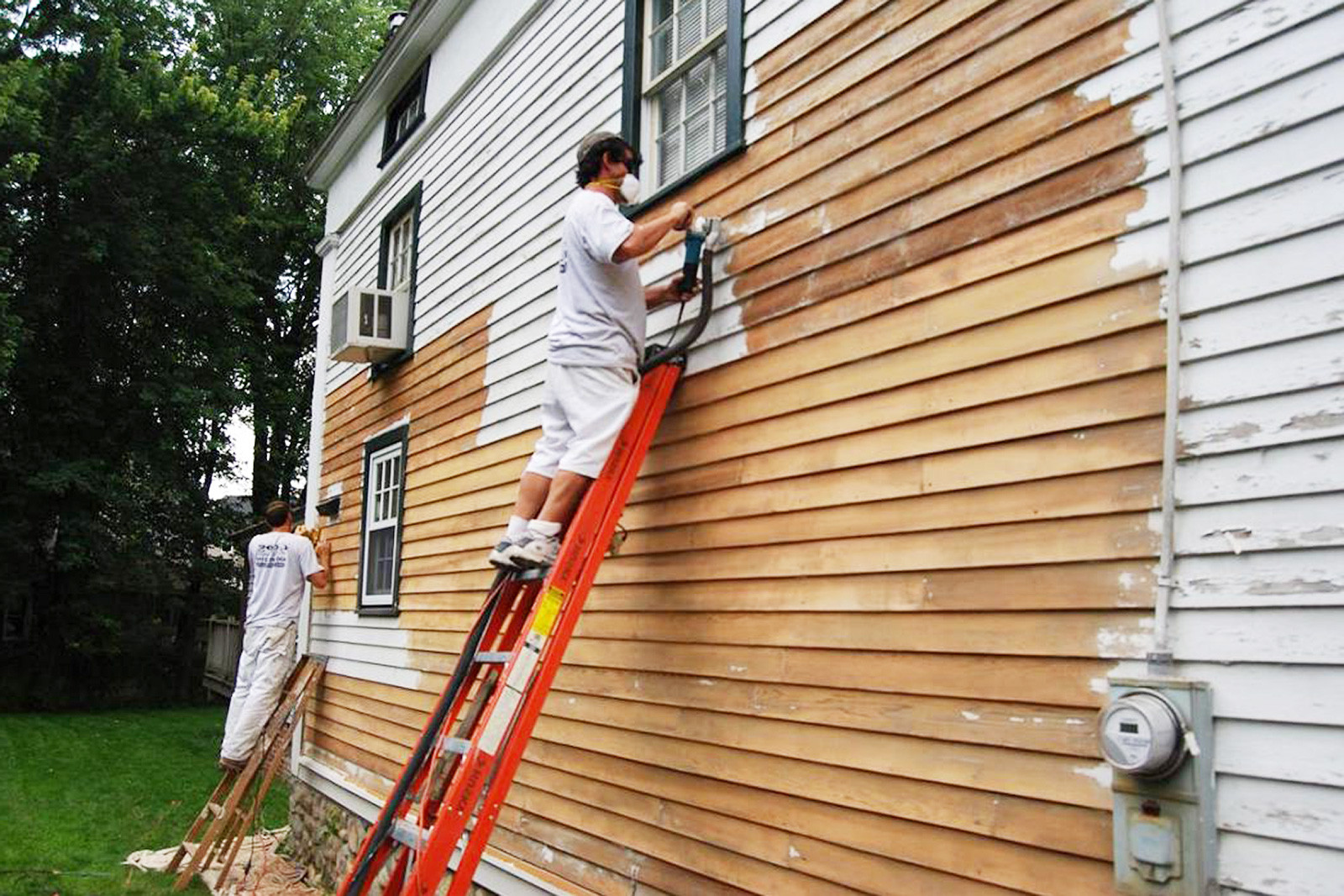Ever wondered why that old paint on your walls could be more than just an aesthetic issue? Lead paint stare might seem harmless at first glance, but it's actually a serious concern for homeowners across the globe. From health risks to environmental hazards, this toxic substance has been lurking in homes for decades. In this article, we'll dive deep into everything you need to know about lead paint and why you should care.
Lead paint stare isn't just a buzzword or a trend—it's a real issue that affects millions of households worldwide. If your home was built before the 1970s, chances are high that it contains lead-based paint. The problem is, this stuff doesn't just fade away over time—it can actually break down into dust and cause serious health problems for you and your family. So, how do we tackle this silent threat? Stick around, and we'll break it all down for you.
What makes lead paint stare such a big deal? Well, it's not just about the paint chipping off your walls. The real danger lies in the tiny particles that get released into the air and settle on surfaces, where they can be easily inhaled or ingested, especially by children. This isn't some far-fetched scenario—it's a reality for countless families who unknowingly live with this toxic substance in their homes.
Read also:Grimes Proposal Communists A Bold Move With A Twist
What Exactly is Lead Paint Stare?
Let's start with the basics. Lead paint stare refers to the presence of lead-based paint in homes, schools, and other buildings. Lead was once a popular additive to paint because it made the color more vibrant and durable. However, as science advanced, we discovered that lead exposure can lead to serious health issues, including brain damage, developmental delays, and even death in extreme cases. That's why lead paint was banned in the U.S. in 1978—but its legacy still lingers in older structures.
Why Was Lead Added to Paint in the First Place?
Back in the day, lead was considered a miracle ingredient. It made paint last longer, resist moisture, and maintain its color even in harsh weather conditions. Manufacturers loved it because it was cheap and effective. Unfortunately, what they didn't realize—or maybe chose to ignore—was the long-term health impact of lead exposure. Fast forward to today, and we're still dealing with the consequences of those decisions.
The Dangers of Lead Paint Stare
Now that we know what lead paint is, let's talk about why it's so dangerous. When lead paint starts to deteriorate, it releases tiny particles into the air. These particles can be inhaled or ingested, leading to lead poisoning. Children are especially vulnerable because they tend to put their hands and toys in their mouths, and their developing bodies absorb lead more easily than adults.
- Lead exposure can cause developmental delays in children.
- It can lead to behavioral problems and learning difficulties.
- Adults are also at risk, with symptoms ranging from headaches to kidney damage.
- Pregnant women exposed to lead can pass the toxin to their unborn babies.
How to Identify Lead Paint in Your Home
So, how do you know if your home has lead paint? If your house was built before 1978, it's a good idea to assume that it does. Look for signs of chipping, peeling, or cracking paint. You can also conduct a simple test using a lead test kit, which is available at most hardware stores. For a more accurate assessment, consider hiring a professional to inspect your home.
Common Signs of Lead Paint Deterioration
Here are some red flags to watch out for:
- Chipping or peeling paint, especially around windows and door frames.
- Paint that looks like it's cracking or flaking.
- A metallic taste or smell in the air.
- Dust around painted surfaces that doesn't seem to go away.
Health Risks Associated with Lead Paint Stare
The health risks of lead exposure are no joke. Even small amounts of lead can have devastating effects on the human body. Children are particularly susceptible because their brains and nervous systems are still developing. Here are some of the most common health issues associated with lead poisoning:
Read also:How To Do A Slingshot Rez Like A Pro The Ultimate Guide
- Developmental delays and learning difficulties in children.
- Behavioral problems, such as aggression and hyperactivity.
- Anemia, which can lead to fatigue and weakness.
- Kidney damage and high blood pressure in adults.
Legal Regulations Surrounding Lead Paint
Thankfully, governments around the world have taken steps to address the lead paint issue. In the U.S., the Environmental Protection Agency (EPA) requires landlords and sellers of pre-1978 homes to disclose any known lead hazards. Additionally, contractors working on homes with lead paint must follow strict safety protocols to prevent contamination.
What You Need to Know About EPA Regulations
Here's a quick rundown of the EPA's rules regarding lead paint:
- Landlords and sellers must provide tenants and buyers with a pamphlet on lead hazards.
- Contractors must be certified in lead-safe work practices.
- Homeowners must receive written notification of any lead hazards before renting or buying a property.
Steps to Remove Lead Paint Safely
If you discover lead paint in your home, don't panic. There are safe and effective ways to remove it without putting yourself or your family at risk. The key is to follow proper safety protocols and, if necessary, hire a professional to do the job. Here's what you need to know:
- Wear protective gear, including gloves, masks, and coveralls.
- Seal off the work area to prevent dust from spreading.
- Use wet sanding techniques to minimize airborne particles.
- Dispose of waste properly according to local regulations.
Hiring a Professional for Lead Paint Removal
If the thought of removing lead paint yourself seems overwhelming, you're not alone. Many homeowners choose to hire a certified lead abatement professional to handle the job. These experts have the training and equipment to safely remove lead paint and dispose of it properly.
Preventing Lead Exposure in Your Home
Prevention is always better than cure, and when it comes to lead paint stare, that couldn't be more true. Here are some tips to help you minimize the risk of lead exposure in your home:
- Regularly clean surfaces with a damp cloth to remove dust.
- Keep children's toys and play areas free of dust and debris.
- Use a HEPA filter vacuum to capture fine particles.
- Seal lead paint with a specialized coating to prevent chipping.
The Cost of Lead Paint Removal
Removing lead paint can be expensive, but it's a necessary investment in your family's health and safety. The cost varies depending on the size of the area, the extent of the contamination, and whether you hire a professional or do it yourself. On average, you can expect to pay anywhere from $8 to $15 per square foot for professional removal services.
Ways to Save on Lead Paint Removal
Here are a few tips to help you save money on lead paint removal:
- Start with small, manageable areas before tackling the entire house.
- Shop around for quotes from multiple contractors.
- Check for government grants or subsidies to help cover costs.
Conclusion: Take Action Against Lead Paint Stare Today
Lead paint stare is a serious issue that affects millions of homes worldwide. While it may seem daunting to tackle, the good news is that there are resources and solutions available to help you protect your family. By educating yourself on the dangers of lead paint and taking proactive steps to address it, you can create a safer, healthier living environment for everyone in your household.
So, what are you waiting for? Start by inspecting your home for signs of lead paint, and if necessary, take action to remove it. Remember, knowledge is power—and when it comes to lead paint, being informed could save lives. Share this article with your friends and family, and let's work together to eradicate this hidden danger once and for all.
Table of Contents
- What Exactly is Lead Paint Stare?
- Why Was Lead Added to Paint?
- The Dangers of Lead Paint Stare
- How to Identify Lead Paint in Your Home
- Health Risks Associated with Lead Paint
- Legal Regulations Surrounding Lead Paint
- Steps to Remove Lead Paint Safely
- Preventing Lead Exposure in Your Home
- The Cost of Lead Paint Removal
- Conclusion


